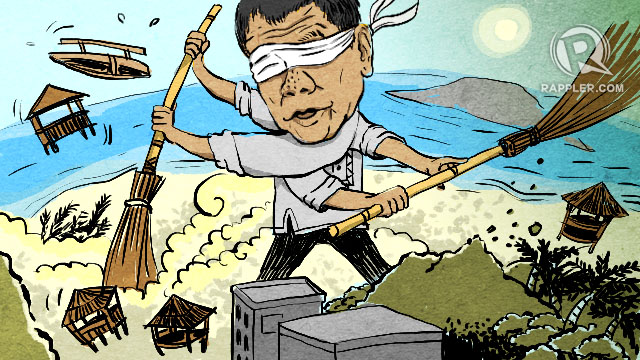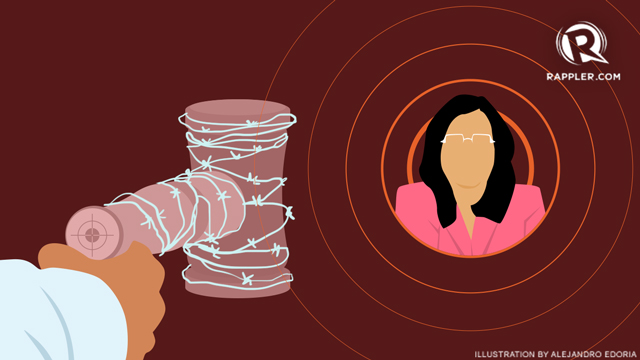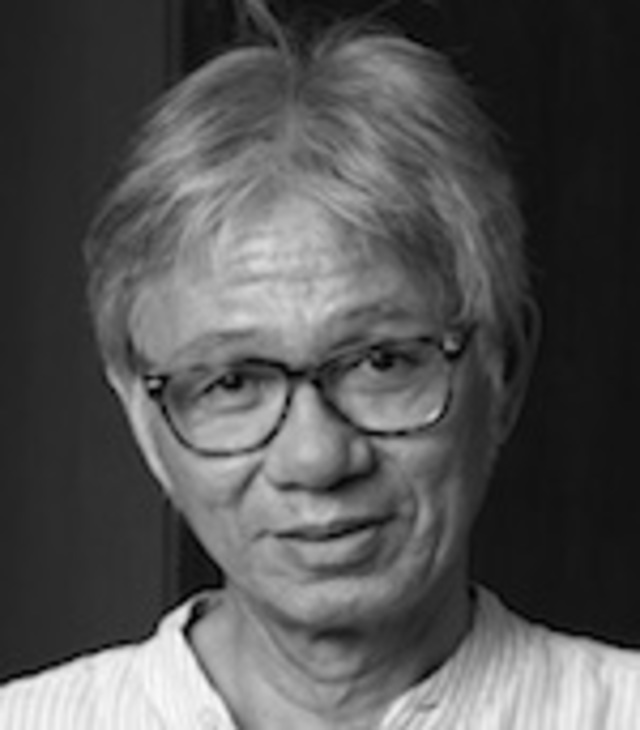![]()
![]() On April 2, 2018, the manual recount of the vice presidential votes officially started. The exercise will initially revisit all the physical ballots from Bongbong Marcos' 3 pilot provinces: Camarines Sur, Iloilo, and Negros Oriental.
On April 2, 2018, the manual recount of the vice presidential votes officially started. The exercise will initially revisit all the physical ballots from Bongbong Marcos' 3 pilot provinces: Camarines Sur, Iloilo, and Negros Oriental.
The results of the manual recount in these 3 provinces is crucial to both parties. It will determine if the protest will be dismissed (when no substantial recoveries are made) or if the protest will proceed (to recount the remaining protested 19 provinces and 5 cities). This will also determine whether Marcos’ 3rd cause of action seeking the wholesale annulment of the election results in the provinces of Lanao del Sur, Basilan, and Maguindanao will be entertained by the Presidential Electoral Tribunal (PET).
Despite the existing gag order by the PET, Marcos braved the Supreme Court premises with a throng of supporters and held a press conference, this time alleging new matters which need to be refuted. It must be recalled that previously, Marcos claimed in another press conference that squares and ovals on the ballot images are his “shocking” evidence of “massive election cheating.” This however quickly fizzled after those squares and ovals turned out to be just the new features of the brand-new vote counting machines (VCM). (READ: What Bongbong Marcos should understand about ballot images)
Thereafter, Marcos, along with Senator Tito Sotto, made an issue out of premature transmission activities, which turned out to be just some isolated cases of belated Final Testing and Sealing (FTS) activities. (READ: Debunking Sotto's election fraud claims)
Audit logs can be requested from Comelec
Facing the reporters in April, Marcos this time raised that 39 out of 40 clustered precincts in the municipality of Bato, Camarines Sur, the first to be opened in the PET recount, had no “audit logs.”
The “precinct audit log report” is one of the many security features of the VCM. It is a chronological record of all the activities of the VCMs. It records anything that happens with the VCMs, indicating what happened and when it happened. The audit log records the time when the VCM was turned on, the exact times when ballots were fed to it, instances where ballots were rejected; when the transmission took place; and when was the VCM was turned off, among others.
Insinuating fraud on the part of the Vice President, who hails from Camarines Sur, Marcos said: “Bakit walang audit log? Ibig sabihin binuksan 'yung ballot boxes, kinuha 'yung audit log. At hindi namin makita.” (Why were there no audit logs? That means the ballot boxes were opened, and the audit logs were taken. And we can't find them.)
In another statement he reiterated: “Clearly, somebody, binuksan ang ballot box, kinuha ang audit log bago ini-seal ulit.” (Clearly, somebody opened the ballot box, got the audit log, and sealed [the box] again.)
Like his earlier allegations, Marcos missed the fact that audit logs are not placed inside the ballot boxes, but are actually turned over by the Boards of Election Inspectors (BEI) to the Election Officer (EO) concerned.
Article VII, Section 29 (f) 5 of Resolution Number 10057 (February 11, 2016) or Commission on Elections’ “General Instructions for the Boards of Election Inspectors (BEI)” provides that:
Sec. 29. Disposition of VCM, ballot boxes, election returns and other documents. – When the counting of votes has ended and the results of the election in the precinct have already been announced, the BEI shall:
xxxxxxxxx
f) Deliver to the EO the following documents or papers:
xxxxxxxxx
5. Envelope containing Initialization Report, Precinct Audit Log Report and Precinct Statistical Report.”
So there is nothing anomalous about not finding audit logs inside the ballot boxes as they are not supposed to be there in the first place. Obviously, Mr Marcos and his lawyers did not read the Comelec's general instructions and pertinent voting rules before making such accusations.
However, should Mr Marcos be interested in procuring copies of the audit logs, the Comelec has soft copies of the audits logs of all the 90,000 clustered precincts. He can request for them anytime. But he will definitely not find them inside the ballot boxes.
Ballot boxes: Poor design, poor storage
Aside from his audit logs allegations, he also made accusations regarding the wet ballots. He said that ballots from 4 of the total 42 voting precincts from Bato, Camarines Sur, whose boxes were opened last April 2 were discovered to have gotten wet.
Marcos said: “They've only been recently wet. If they were wet during election day, siguro natuyo na iyun. Hindi naman siguro two years na basa iyun. May nagbasa.” (They've only been recently wet. If they were wet during election day, they should've been dry by now. They could not have been wet for two years. Somebody drenched them.)
Marcos have been claiming that the wet ballots were evidence of post-election tampering. This, however, is so 1992.
We have to understand that after elections the ballot boxes and their contents are placed under the care and custody of the municipal or city treasurers. Under the Omnibus Election Code, these local officials are obliged to provide safe and secure storage space for the ballot boxes. While this is the case in cities and big municipalities, the reality in most places, especially in far-flung municipalities, is different. With very poor local government facilities, ballot boxes sometimes end up poorly stored. I have seen terrible cases of leaking roof which flooded the storage area and wetting the boxes, some were simply dumped in alleys or stored in gyms or basketball courts, exposed to the elements.
This space problem is compounded by what I think is a poor design of the ballot boxes. They are simply too big and occupy so much space, when in fact only between 1/8 to 1/4 of the ballot boxes’ space is occupied by the ballots and election paraphernalia. It also has a narrower arching bottom, instead of a flat bottom, which makes them problematic to stack on top of each other, and unstable at that.
The lid cover is also too slim, without a locking mechanism, except for that side holes for the seals. Definitely, water-sealing or waterproofing them, as we now know, is another matter that can be addressed by better design. Now, weather-sealing and tamper-proofing the ballot boxes are crudely done and compensated by masking tapes, which is not the most effective protection. In other words, as much as we think that transparency and efficiency on election day, Comelec should equally consider the post-election storage of these ballot boxes.
Wet ballots have other copies
Going back to Marcos, wet ballots could only mean wet ballots – that water made it inside the ballot boxes by sheer accident or by acts of God. There are people, including Marcos, that have been claiming they were a sign of cheating. But haven’t anyone asked wetting the ballots after elections can either shave or pad a candidate's votes – because that's what cheating is.
Some would argue that wetting the ballots is done to cover up for the cheating during the May 2016 elections. This could have been a valid theory if we are still using a manual election system, where the sole and primary evidence of the votes are the physical paper ballots. The moment the physical ballots are lost by wetting, burning or stealing them, there is no way of recounting them. The only remaining option is to resort to secondary evidence, like the election returns (ERs) which contain the totaled precinct votes. This however is problematic as the numbers in the ERs could be not reliable and there is also no way to countercheck them using the source or base documents – the ballots themselves.
This theory loses its sense under the automated election system. Now, every time a ballot is fed, the VCM makes a scanned copy of it. The ballot images are encrypted and stored in two SD cards: the primary and the backup. After elections, these are sent to Comelec main office in Intramuros for storage, backed-up again and stored in the vaults of the Comelec. To convert the ballot image files into viewable photo files (jpeg), they first have to be decrypted using a special program that will require security clearances. Given their reliability, the printouts of the ballot images are not just treated as functional equivalent of the paper ballots, but accorded reliability not just equal, but even higher, than the physical ballots.
In other words, even if ballots are lost by wetting, burning, stealing, or tampering, the parties can always resort to the printout of ballot images to be used in the recount. This is the procedure not just in the PET but in the Comelec, House of Representatives Electoral Tribunal (HRET), Senate Electoral Tribunal (SET), and even in regional trial courts (RTCs). Lawyers, parties, and litigants since 2010 have all been resorting to ballot images in these cases. It must be recalled that Marcos himself has requested early on to get ballot images of Camarines Sur, Iloilo, and Negros Oriental, his pilot provinces.
Undermining the election system
Even if we disregard these technicalities and go by sheer logic, there are many details in Marcos' allegations that do not add up. First, Camarines Sur is the Vice President Robredo's bailiwick of bailiwicks, so why should she cheat there? Shouldn’t she be cheating, assuming she did, in places where she expects not to get votes?
Second, the numbers. If wetting the ballots were the chosen method to cheat or to cover up an election day cheating, why do it in only select ballot boxes? Why not all or at in a substantial number? Elections is a numbers game. In a national post where the votes involved ordinarily go by millions, piecemeal or selective cheating at the precinct level do not make any numerical impact or any logical sense.
This systematic, well-coordinated and well-funded PR operation of Marcos and his team aims to cast doubt not just on the victory of the Vice President, but to attack the integrity of the automated elections. While everyone may see the protest as the immediate motive, this could very well be just the tip of the iceberg – part of the bigger public conditioning to discard the automated elections and return to manual elections in the 2019 and 2022 national elections, where both Imee and Bongbong Marcos have been openly and publicly positioning for.
Imee Marcos in her recent public statements have in fact been very vocal in pushing for the return to manual elections – an antiquated system that has been notorious for its vulnerability to cheating, vote padding, and shaving.
In other words, to me, this whole Marcos electoral charade goes beyond the vice presidency or Leni Robredo. Its consequence will seep deep into the core of elections and down to the very essence of democracy. Every lie, fact-twisting, and misinformation systematically and relentlessly sowed by the Marcos camp is corrosive to the people’s faith in our electoral process and to our electoral institutions like Comelec.
As I would always say, election is all about the public’s trust towards it. Even the most secure automated election system would mean nothing without the people actually trusting it. It is that trust that makes us brave our polling places and line up to vote, believing that the votes we cast actually determine to whom the reins of governance are trusted. If we are conditioned and made to believe that these votes do not actually matter, then what is the point of voting? Or conducting elections?
I believe that Bongbong Marcos has ways of pursuing his search for truth or for answers as to why he lost the 2016 elections, but he does not have to go low and burn the whole house done. This is precisely the point of the PET recount and he better focus on his battle there, not before TV cameras or through his social media trolls. – Rappler.com
Emil Marañon III is one of the election lawyers consulted by the camp of Vice President Leni Robredo, whose victory is being contested by former senator Ferdinand Marcos Jr. Marañon served as chief of staff of retired Comelec Chairman Sixto Brillantes Jr. He graduated from the SOAS, University of London, where he studied Human Rights, Conflict and Justice as a Chevening scholar.
![]()

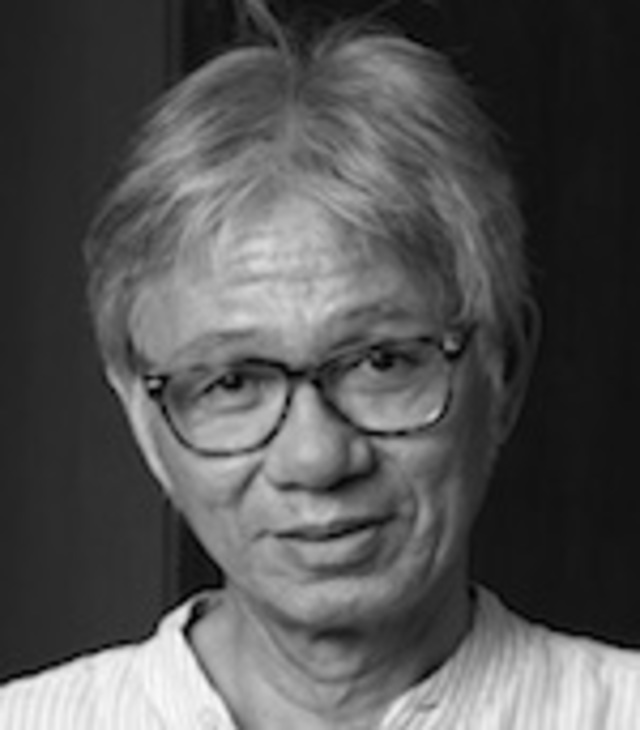








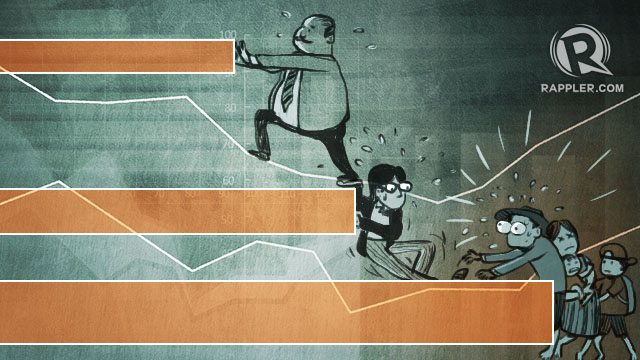

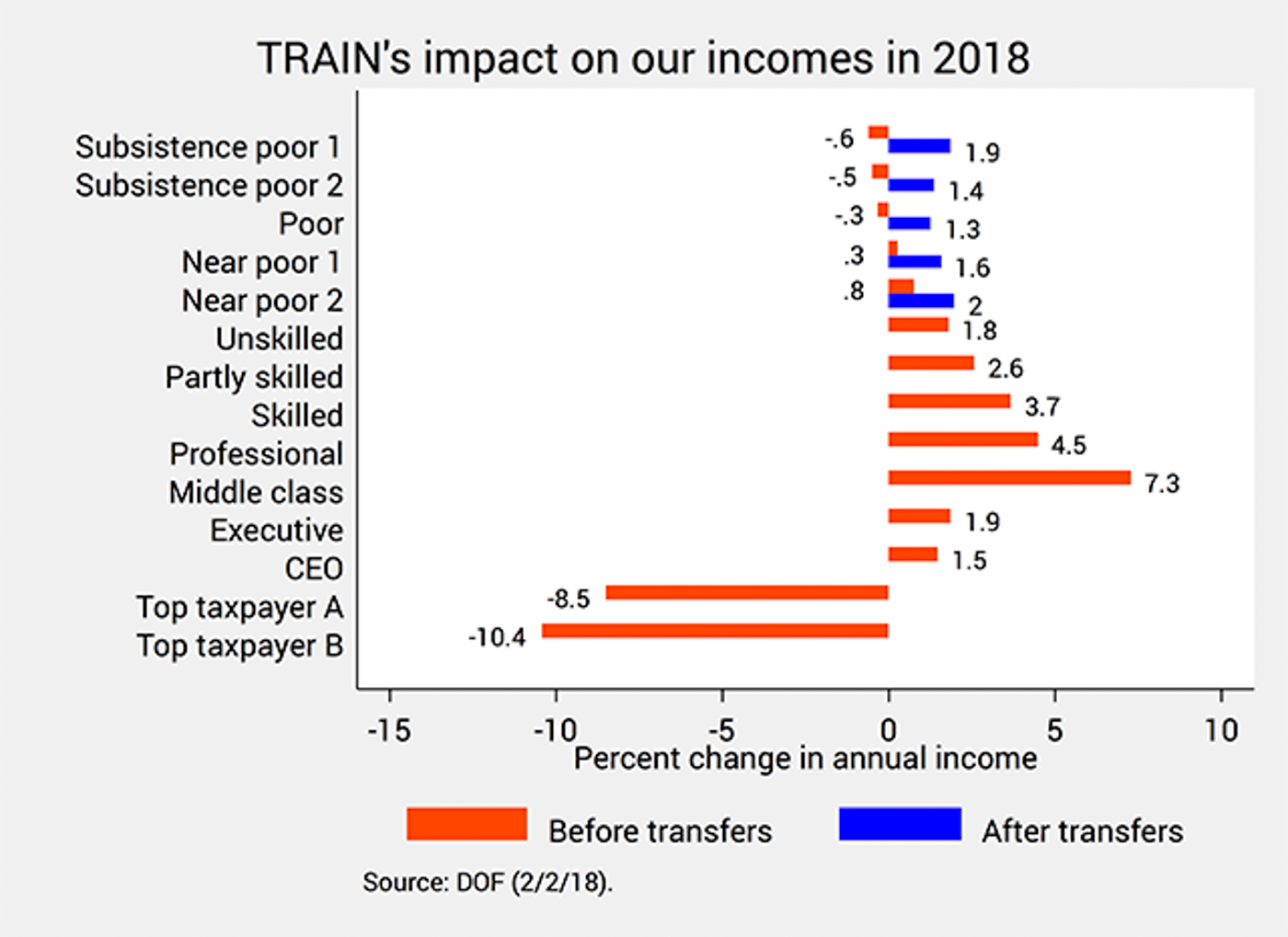
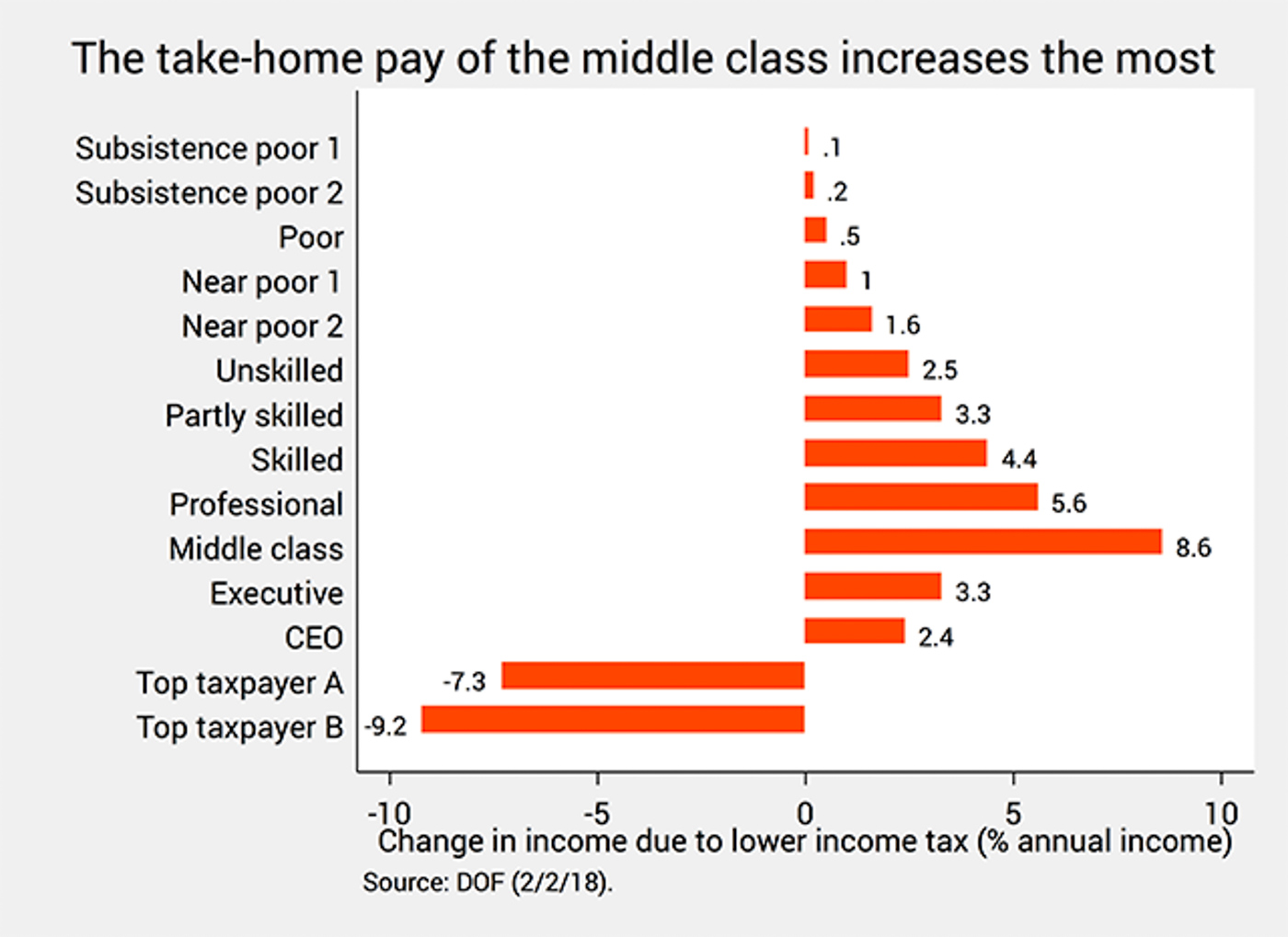
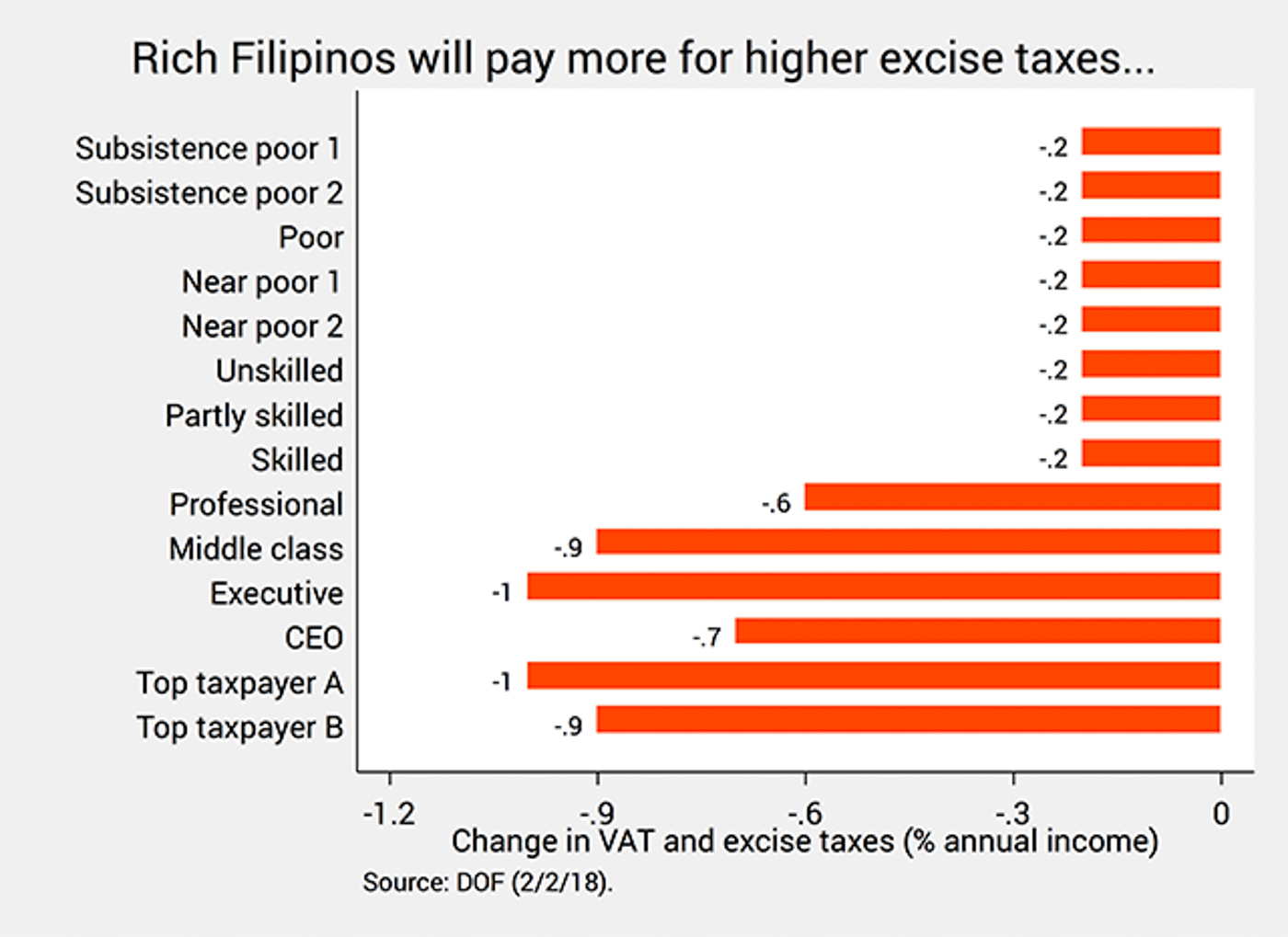
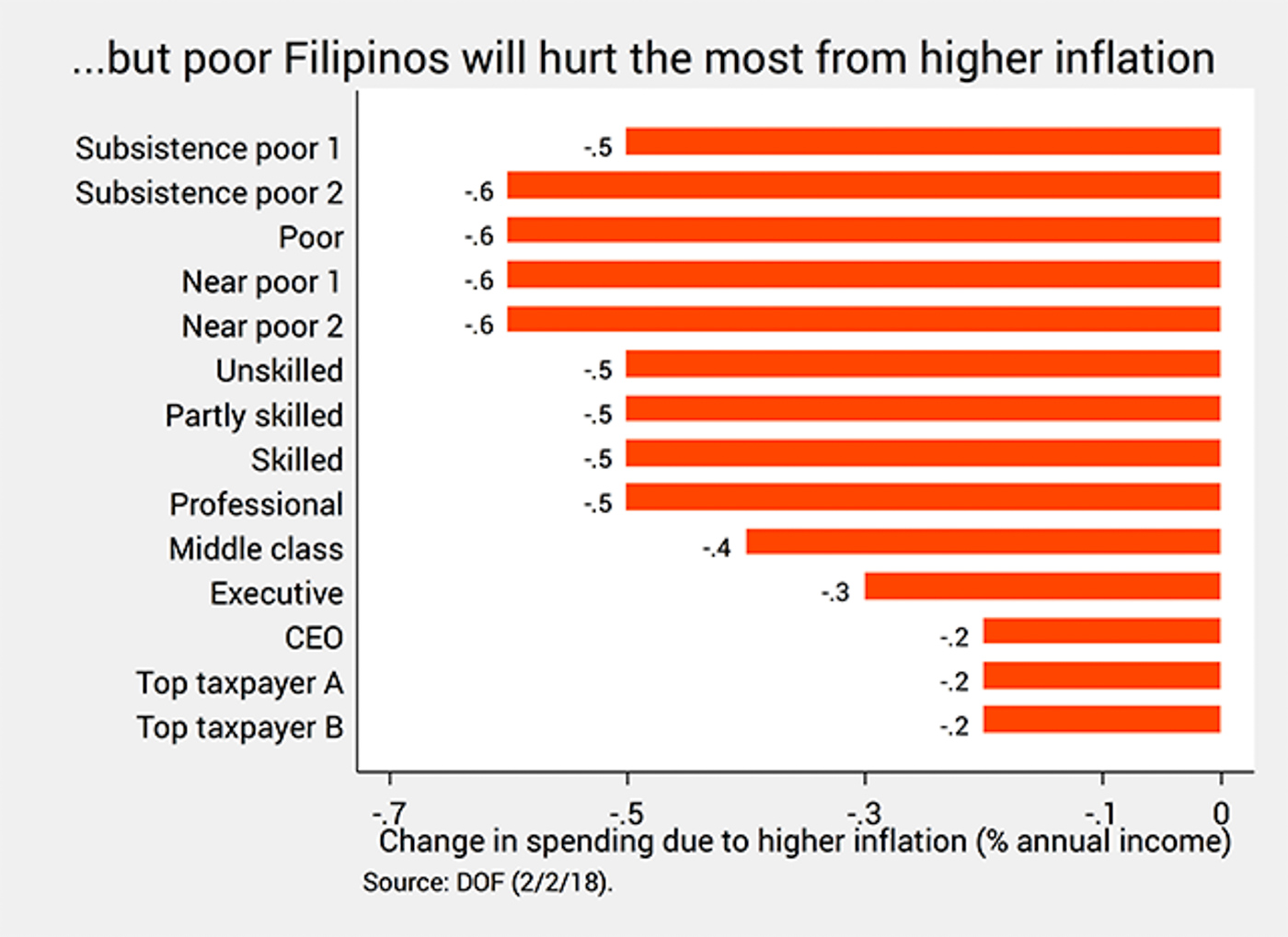
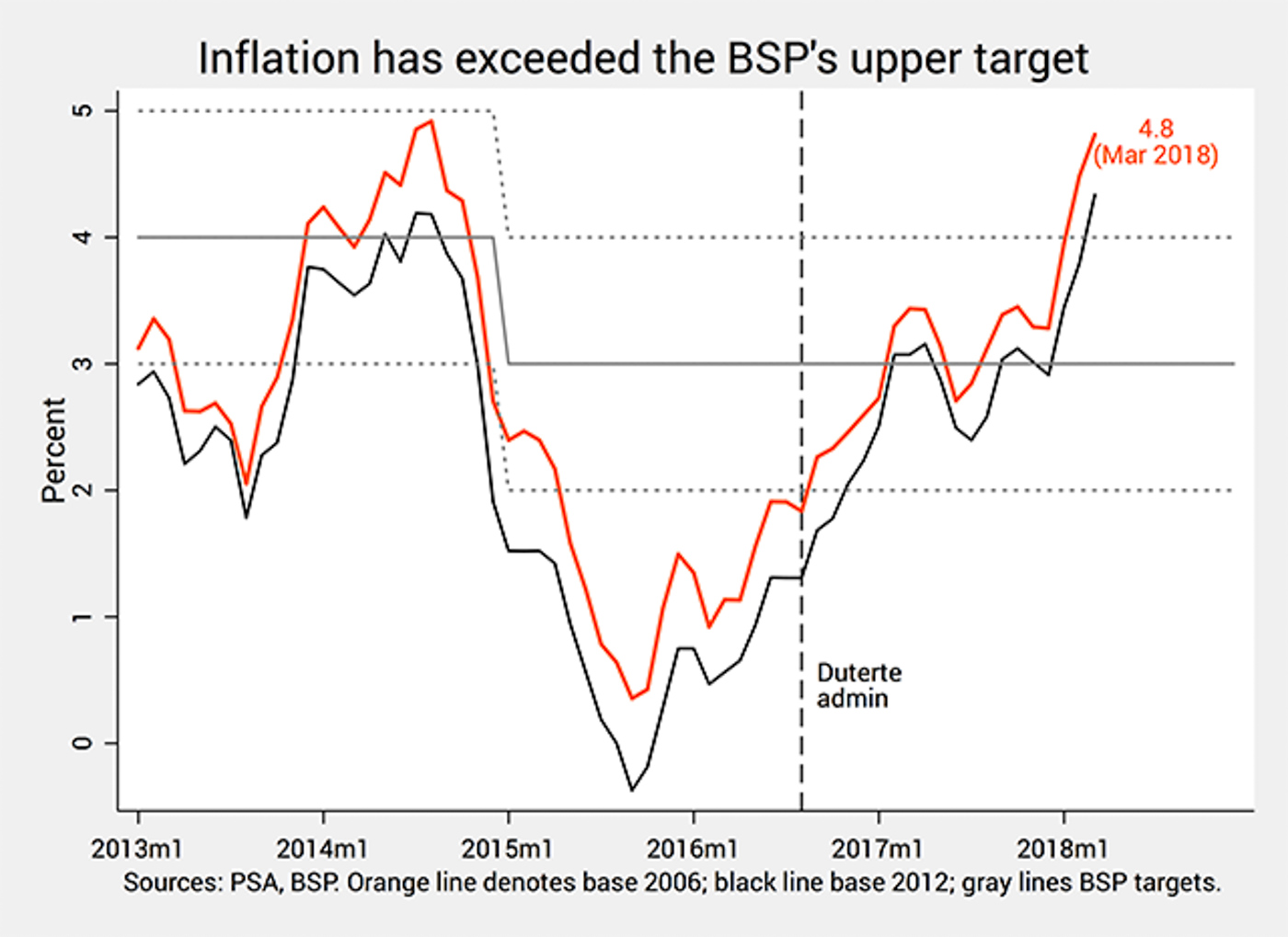


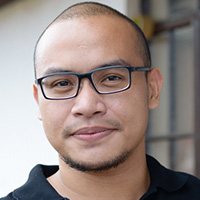 On April 2, 2018, the
On April 2, 2018, the 
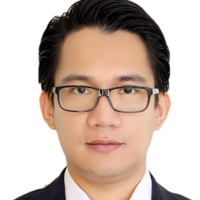





 The building was tucked away behind the main Quezon Avenue. It was drab and dingy, had no distinct markers. It was unmemorable unlike the sprawling structures that lined the main avenue.
The building was tucked away behind the main Quezon Avenue. It was drab and dingy, had no distinct markers. It was unmemorable unlike the sprawling structures that lined the main avenue. 
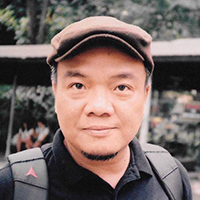 “He becomes the one real, true, and legitimate leader when he holds the one real, true, and legitimate source of information chenes chenes.”
“He becomes the one real, true, and legitimate leader when he holds the one real, true, and legitimate source of information chenes chenes.”

